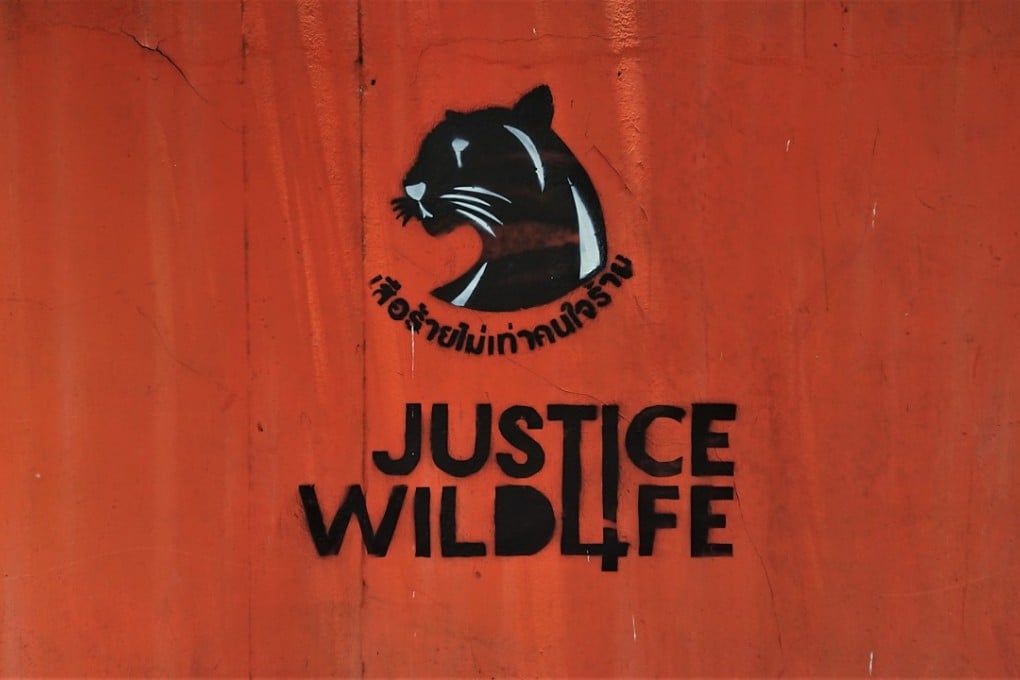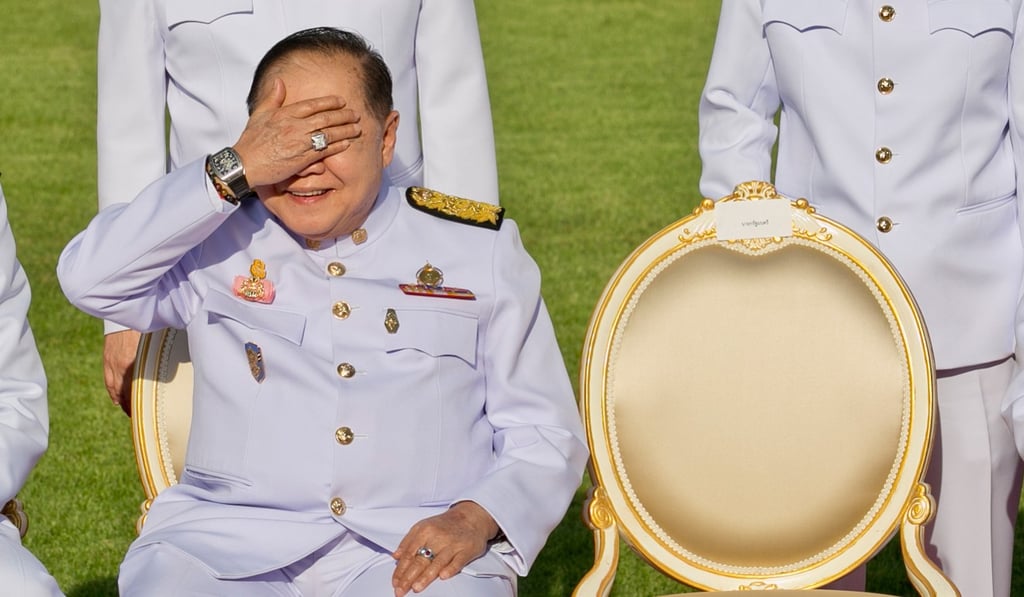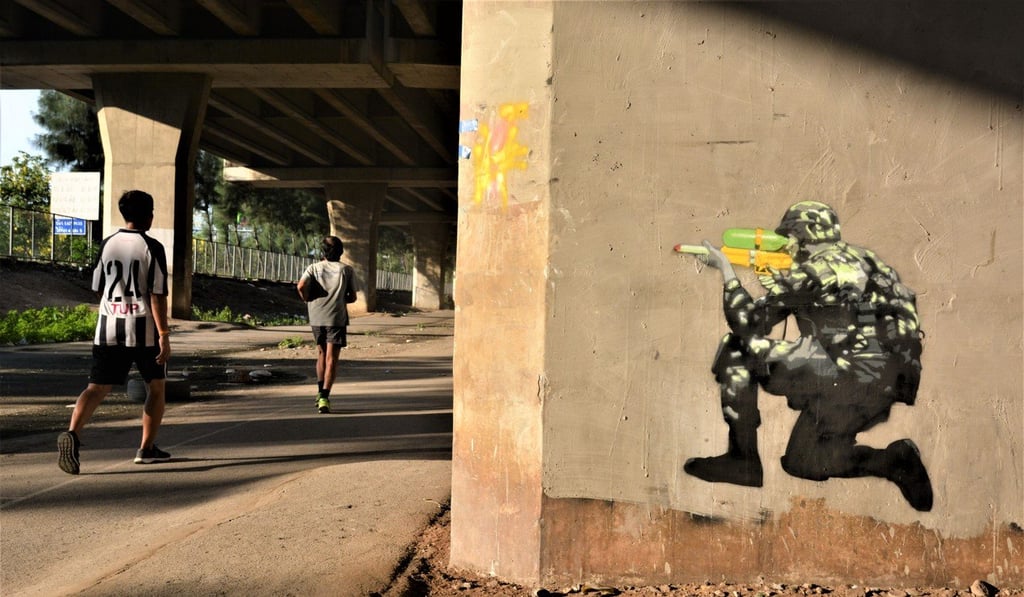Thai street artists send political messages against corruption and military rule with spray and stencils
A growing number of Thai street artists are turning political and getting their anti-corruption messages across with spray paint. Most keep their identity secret for fear of reprisals from the authorities. We speak to three artists

There are many ways to fight the establishment, and Headache Stencil does so with graffiti. The Thai street artist, who uses a pseudonym for safety reasons, engages in hit-and-run attacks of subversive street art, producing stencilled murals on various public surfaces around Bangkok.
And not just any artworks. In one piece of graffiti he depicted Thai Prime Minister Prayuth Chan-ocha as a street artist wielding a spray can with the number 44 on it. That was a reference to Article 44 of Thailand’s interim constitution, which grants absolute powers to the former army chief who heads the National Council for Peace and Order, the country’s ruling junta.

Jakarta’s street artists brave arrest, sexual harassment to spray city’s walls with colour, character and social critique
Prawit dismissed criticisms of his large watch collection by insisting the timepieces had been loaned to him by a friend, who has since passed away.
“I don’t know if he’s guilty [of corruption] or not,” Headache Stencil says. “But I wanted to show we’re alarmed.”
Alarmed, that is, by what anti-junta activists see as endemic corruption under the military regime. The army seized power in 2014 from a democratically elected government ostensibly with the aim of eradicating corruption and restoring social harmony after months of fractious street protests.
